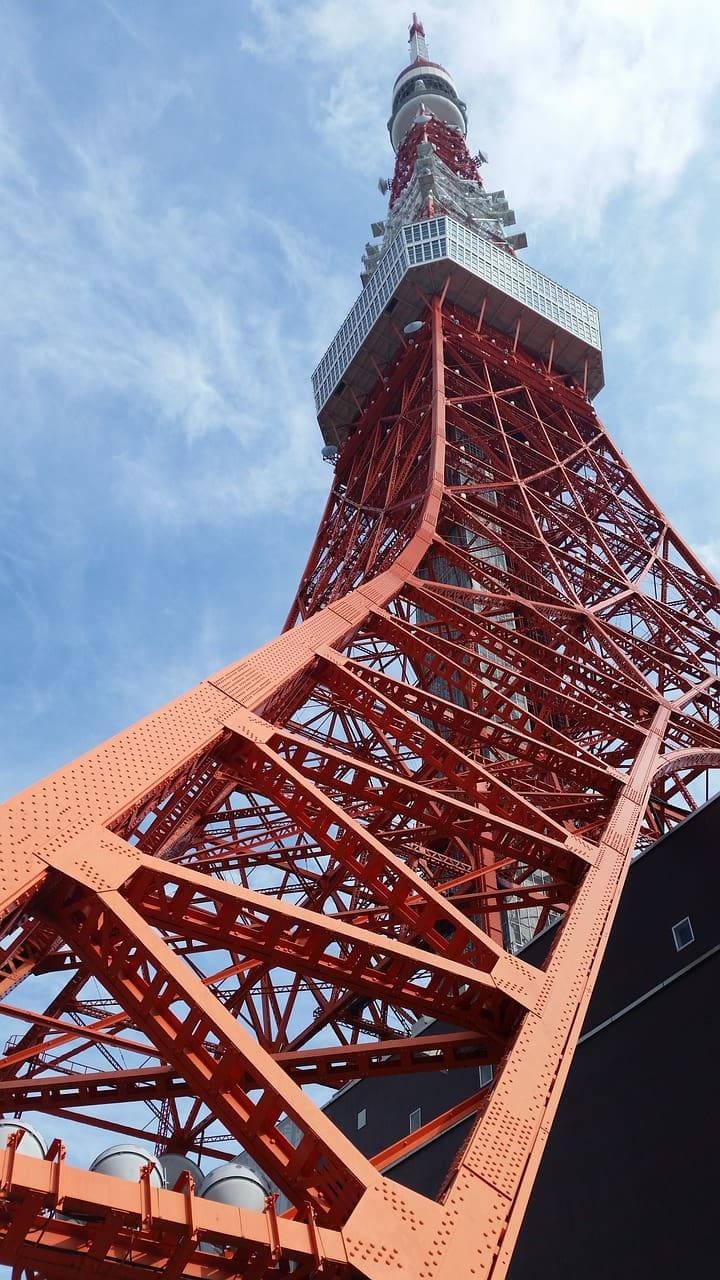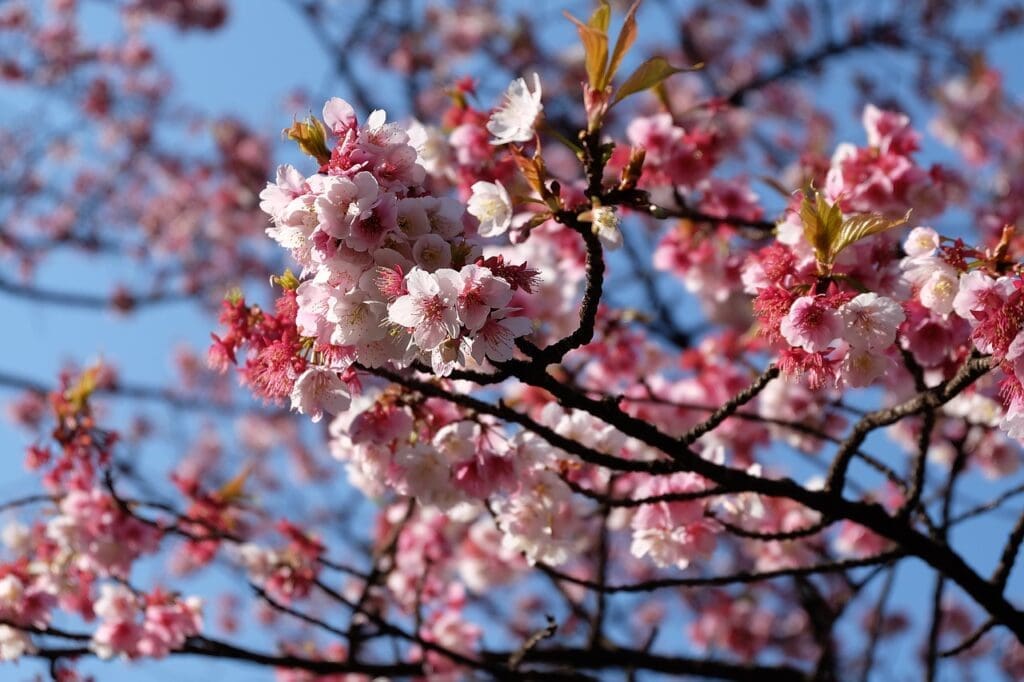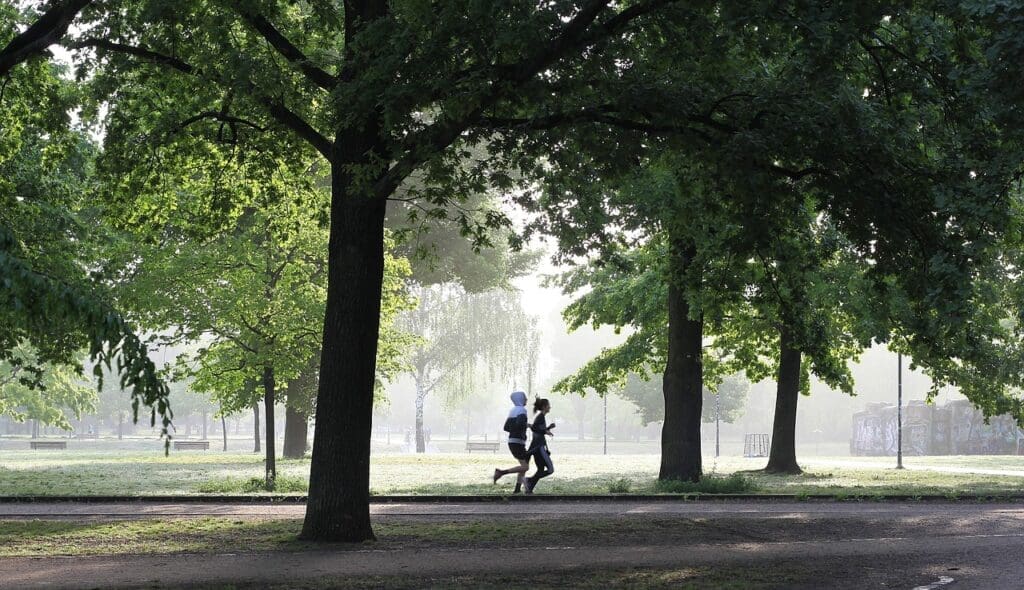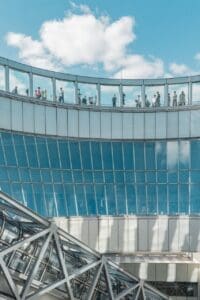
Nestled in the heart of Tokyo, Shiba Park (芝公園) is a tranquil green space that offers a unique blend of history, culture, and modern urban life. Located around the iconic Tokyo Tower and the historic Zojoji Temple, Shiba Park Tokyo is a popular spot for locals and tourists. It’s mainly known for its expansive lawns, scenic jogging paths, and historical landmarks. These features make it a perfect escape from the bustling city.
The Layout of Shiba Park
Shiba Park is divided into several distinct areas. One section surrounds the base of Tokyo Tower. This area provides stunning views of the city’s skyline. Another area lies to the west of Zojoji Temple, near The Prince Park Tower Hotel. Whether you’re looking to relax on the grass, go for a run, or explore historical sites, Shiba Park Tokyo has something for everyone.
The park’s lawns are popular with families and children, especially at lunchtime. During this time, young mothers often bring their kids for picnics. There are also exercise machines attracting office workers looking for a quick workout. Moreover, joggers can be seen circling the park’s perimeter.

A Rich History
Shiba Park is Japan’s oldest public park. It was officially designated in 1873, just five years after Japan began modernizing during the Meiji Era. Parts of the park were once the garden of the Edo-period Okubo clan. This adds to its historical significance, including the Shiba Park Tokyo area.
Buy Lonely Planet Japan (Travel Guide)
Originally, Shiba Park encompassed the adjacent Zojoji Temple. After World War II, the temple was separated from the park due to the separation of church and state. However, Shiba Toshogu Shrine, once part of Zojoji, remains within the park. It is home to a centuries-old ginkgo tree, declared a National Treasure.

Ancient Maruyama Burial Mound and Other Features
One fascinating feature of the park is the Maruyama burial mound (kofun), one of the largest in Tokyo. It stretches 110 meters (361 feet) long. Though covered with trees and blending into the natural landscape, the kofun remains an important archaeological site. Even though its origins are unknown in Shiba Park Tokyo.
Another beautiful spot in the park is the artificial ravine known as Momiji-dani, or “autumn leaf valley.” Restored in 1984, this area is a must-visit during the fall. During this season, the leaves change color, creating a stunning display. The ravine is home to a towering Japanese zelkova tree. This tree stands 20 meters (66 feet) tall with a trunk circumference of 2.5 meters (8 feet).
The park also has historical connections to Scottish merchant Thomas Glover (1838-1911). He lived here and passed away in Shiba Park Tokyo.
Visiting Shiba Park
Shiba Park is open 24 hours a day, 365 days a year, making it an accessible destination at any time. Best of all, admission is free, allowing everyone to enjoy Shiba Park Tokyo’s peaceful ambiance and rich history.


